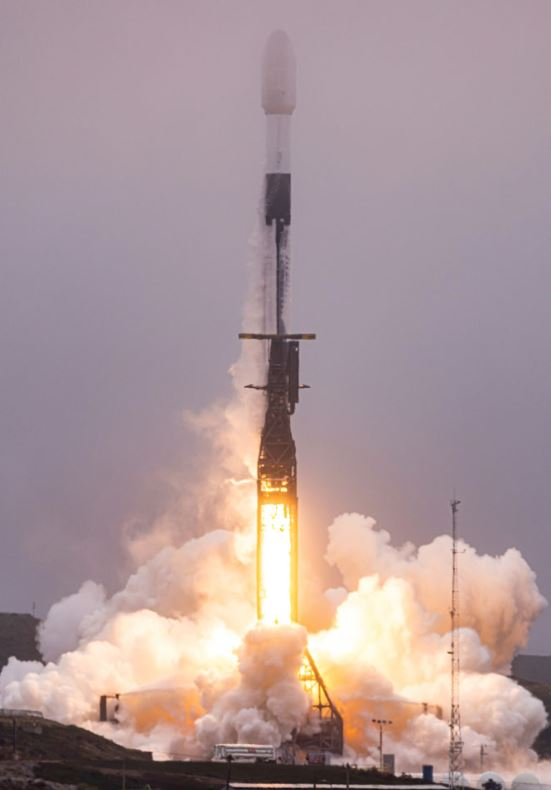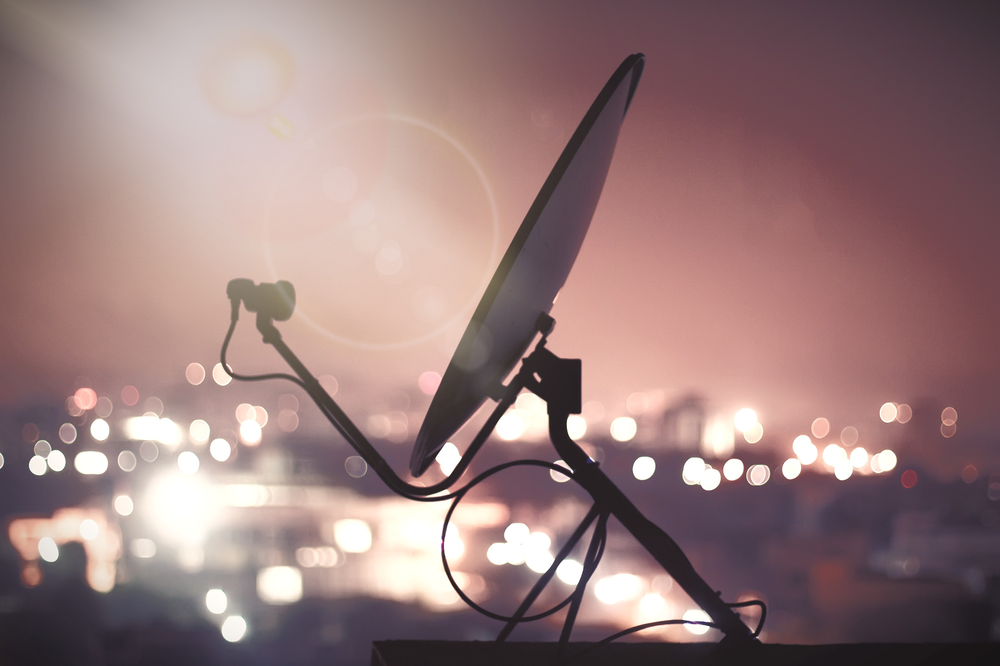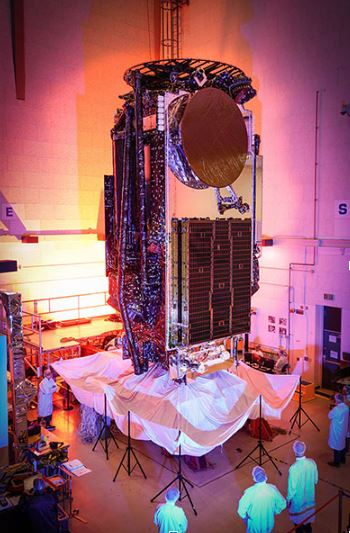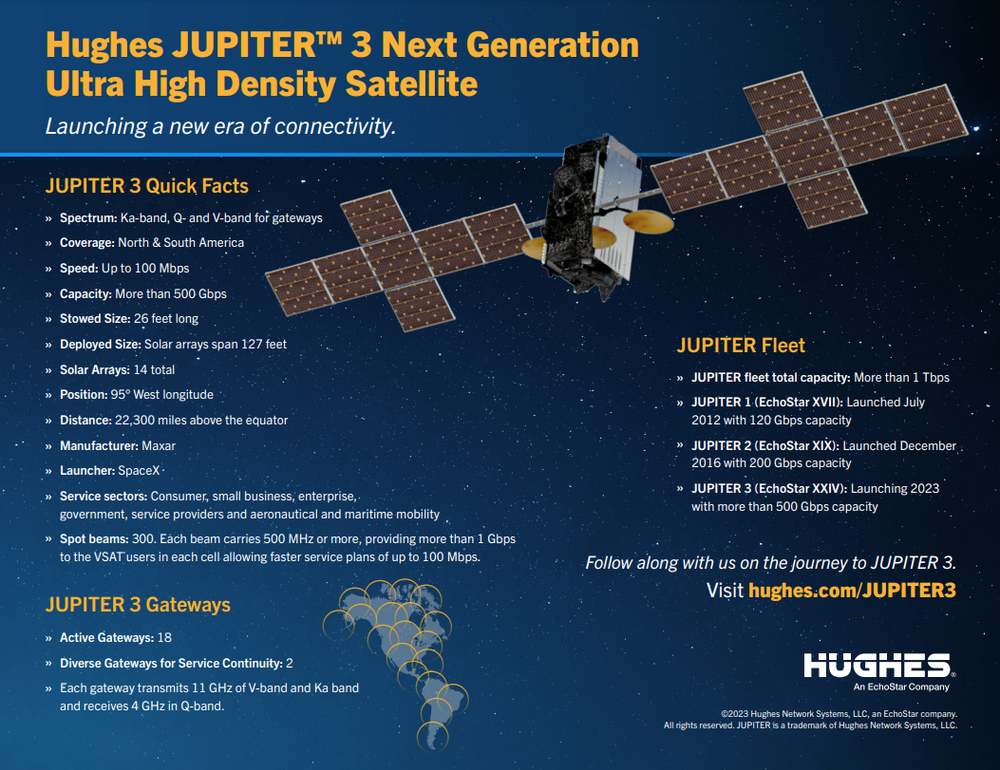Satellite Internet: The Race is On!
Imagine that broadband internet could be provided to anyone, anywhere - no matter where you are located.
That is the first objective of satellite: to secure internet to the users in underserved areas. It makes sense to provide satellite instead of fiber to these areas when you consider the lower density of households in rural areas - where you may have one house per square mile - and you would have to place fiber to each house and one subscriber. The return is not there financially and it is a highly expensive endeavor to lay fiber long distances.
The Space Race is Over; Now The Satellite Internet Race Is On! ♂️
Satellite internet is huge. There was the space race , a unique time of space exploration with super powers competing for achievement from 1955 - 1969. We are now in the satellite race - a competition for the most satellite internet power in orbit.
- ViaSat launched their most recent satellite in April 2023.
- China launched a rocket with a test satellite on July 9, 2023 that will perform test missions for stallite internet technologies.
- SpaceX (owns Starlink) sent up an additional 48 satellites on 7/7/2023, and on 7/9/23 another 22 "mini" satellites were blasted into orbit.
- HughesNet is scheduled to launch it's third satellite on 7/23/23.
- Astranis will launch a dedicated satellite for the Phillippines in 2024.


The Changes In How Internet is Used
The urgency has been to evolve the satellite internet capabilities to match the consumer (as well as military and business) use of internet.
Initially, internet was used to find information - surf the net, share information and keep in touch with email and uploading/downloading files evolving into social media participation. When this was the use, the lag time (or latency) from a person's computer to the satellite in high earth orbit (HEO) about 22,000 miles from earth surface rarely affected the function of the internet.
High Earth Orbit satellites are geosynchronous - meaning that they stay in position with earth as it rotates. For instance, HughesNet satellites are located roughly above the equator; so the satellite stays above Central America serving the American continent as the earth turns by moving with the earth.
HughesNet launched their first Satellite in 2007 and they are proud have some of the highest capacity broadband satellites in the world (actually not in the world but in orbit ) providing service for consumer broadband, enterprise networking, emergency communications as well as aero and maritime mobility uses (military - high security).
HughesNet's second satellite launch in July 2012 was focused on consumer and small business internet provision in North America and was the world's highest capacity broadband satellite at the time of launch.
In December 2016, HughesNet launched it's third satellite to serve the United States, Mexico and Canada which was the first satellite to be able to provide 25 Mbps speeds (which of course now sounds slow, but in 2016, this was considered very fast). This satellite provided service for consumers, businesses, and governments.
People now use the internet to watch videos, movies, TV and participate in real time video conferencing. This requires a shorter latency for optimal function and faster speeds.
The simplest solution is a higher capacity satellite closer to earth, right? So we have the low earth orbiting satellites - like Starlink - which orbit about 1,200 miles from earth. Very little latency (time of signal to travel between your device and the satellite). But this requires a tremendous number of satellites (and these are lower data capacity) to provide consistent service in a geographical spot.
Each satellite orbits earth in 1 1/2 to 2 hours time. The signal the consumer is using to watch Netflix must leap from one satellite to the next satellite - how many satellites hand off signal one to the next during an episode of "Friends"? (the antenna signal leaps from one satellite to the next every 4 minutes, so seven satellites are used for signal one after the other in a train so to speak in a 30 minute show). The more consumers using the service the more satellites are needed (due to that low capacity as well as need for more geographical coverage) and more satellites in more orbits. Which is why there are over 4,416 satellites in orbit for Starlink.
Of course this is a race, right? Starlink isn't the only "runner".


In the United States, ViaSat and HughesNet are working diligently to keep pace with the changes in consumer internet use (or catch up with the changes in use) requiring faster speeds (up to 100 Mbps), more data per plan, less latency. HughesNet is launching another satellite scheduled for 7/23/23 (as of today).
This Ultra High Density satellite will cover the Unites States, Canda, Mexico, Brazil and other countries in South America for consumer, business, and government use.
This satellite is expected to be the world's largest commercial satellite (about the size of a school bus) providing higher download speeds to users outside the reach of cable and fiber. Additionally, this satellite will support in-flight Wi-Fi, provide maritime connections and be a backhaul for mobile network operators.
SpaceX (the company that is executing the HughesNet launch) will set 2 world records with the launch of HughesNet Satellite in July 2023:
- the heaviest geostationary satellite ever launched weighing over 9 metric tons
- the first ever dual drone ship landings for the two side boosters.
What Else Is HughesNet Doing to Keep Up with Internet's Changing Needs?
HughesNet came out with a combination satellite-cellular service in 2022 HughesNet Fusion® plans utilizing cellular towers in conjunction with satellite to decrease latency when signal is available providing a more responsive and faster internet experience.

ViaSat has 13 satellites in orbit (high earth orbit) with its most recent launch in April 2023; unfortunately, this satellite is malfunctioning limiting ViaSat ability to expand service over North and South America. According to a press release 07/12/23, ViaSat is potentially reallocating upcoming satellites (set to service Asia and Europe, Middle East and Africa) to cover the American continents but until then, are unable to expand. They state they will continue to be able to provide reliable internet to current customers with the other satellites in place.
And the Satellite Race sprints on. Who will be the winner? It looks like we - the internet users -are the winners. As these business super-giants create new solutions, explore new technologies, launch new higher capacity and more efficient satellites, they provide us with more responsive and reliable internet in underserved (no fiber / no cable) rural areas.
If you want to check out satellite to meet your internet needs, give us a call. We are ready to answer any questions and get you set up.
And for existing HughesNet customers: This new satellite is expected to improve download speeds up to 100Mbps AND the ability to offer higher data packages. Good news all around. If you need assistance in optimizing your HughesNet functionality, we have blogs that help and we are happy to help. Give us a jingle. 509-340-0070


















